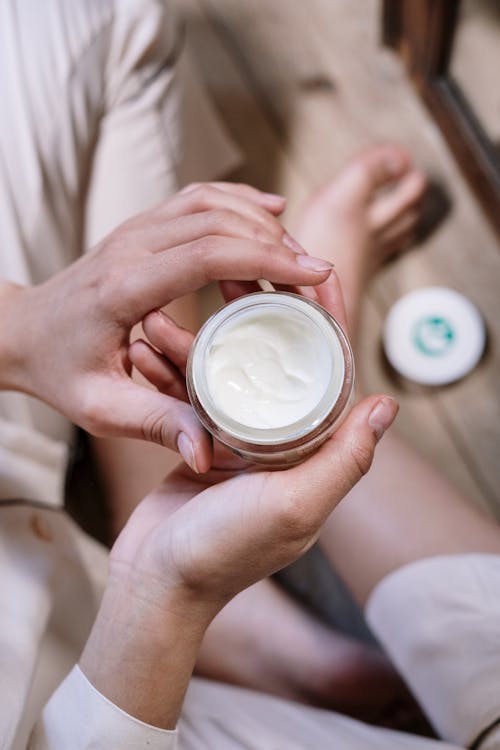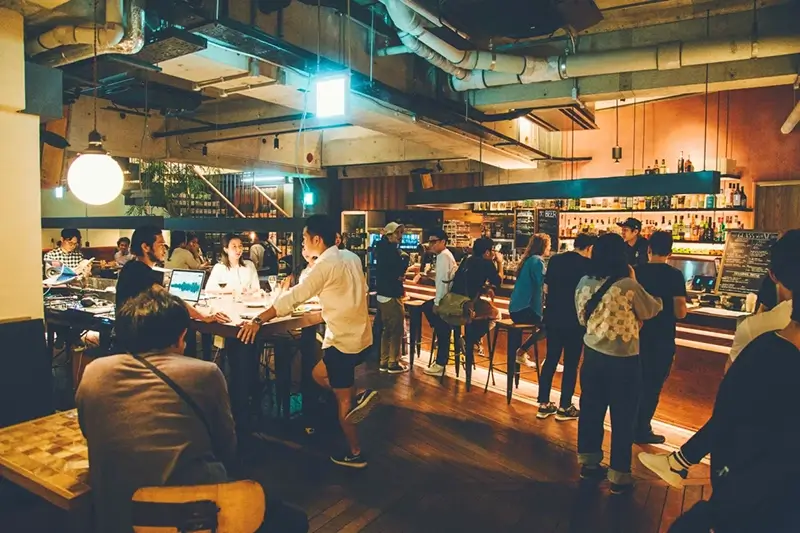Age with Confidence: The Role of Mobility Aids in Preserving Independence

As the years gracefully add up, the prospect of losing independence can cast a shadow on the golden years. The fear of reduced mobility and increased reliance on others can be daunting. However, in today’s age, there’s a plethora of mobility aids that not only support but enhance the ability to live independently for longer. It’s crucial to understand that these aids aren’t a surrender of independence; rather, they serve as empowering tools, facilitating greater freedom and mobility in everyday life.
Embracing Independence Through Mobility Aids
1. Reframing Independence: Aids as Allies, Not Hindrances
The first step in embracing a lifestyle of independent ageing is to reframe the perception of mobility aids. Instead of viewing them as symbols of dependency, consider them as allies that empower and enable. Modern mobility aids are designed with user-friendly features, ensuring ease of use and promoting a sense of control.
2. Preserving Autonomy with Walking Aids
Walking aids, such as canes, walkers, and rollators, are instrumental in maintaining mobility. They provide stability and support, allowing individuals to navigate through their daily routines with confidence. Rather than restricting movement, these aids enhance it, ensuring that individuals can continue to engage in activities they love, be it strolling through the park or shopping for groceries.
Facilitating Comfort and Positioning
3. Glide and Slide Sheets: Redefining Comfort and Ease of Movement
In the quest for independent living, comfort is paramount. Glide and slide sheets are invaluable aids that make repositioning in bed or transferring between surfaces smoother and more manageable. These sheets reduce friction, providing a gentle and effective way to maintain comfort while minimising strain on joints and muscles.
4. Positioning Aids: Enhancing Comfort and Support
Positioning aids play a crucial role in ensuring individuals can maintain a comfortable and ergonomic posture. From cushions that provide lumbar support to seat risers that make getting up easier, these aids contribute to overall well-being. By addressing comfort and positioning, individuals can avoid the discomfort that may arise from prolonged periods of sitting or lying down.
Independence Through Informed Choices
5. Tailoring Solutions to Individual Needs
Recognising that every individual’s needs are unique is key to crafting an independent lifestyle. Consultation with healthcare professionals and mobility experts can guide individuals in selecting the most suitable aids tailored to their specific requirements. This personalised approach ensures that each person receives the support they need without compromising their independence.
6. Home Modifications for Seamless Living
Beyond mobility aids, home modifications play a pivotal role in creating an environment conducive to independent living. Simple adjustments, such as installing grab bars in bathrooms or ramps at entrances, can significantly enhance accessibility and autonomy within one’s own living space.
Conclusion: Independence as a Lifelong Journey
In conclusion, the journey towards independent living is a dynamic and evolving process. Mobility aids, when embraced as tools for empowerment, can extend the horizon of possibilities for individuals entering their later years. By incorporating aids that prioritise comfort, positioning, and mobility, anyone can age with confidence and continue to lead a life filled with purpose and autonomy.
Remember, the path to independent living is not a solitary one. With the right resources, support, and a positive mindset, the golden years can truly be a time of fulfilment, enriched by the freedom to live life on one’s own terms.








